Can coffee shops make carbon-neutral espresso?
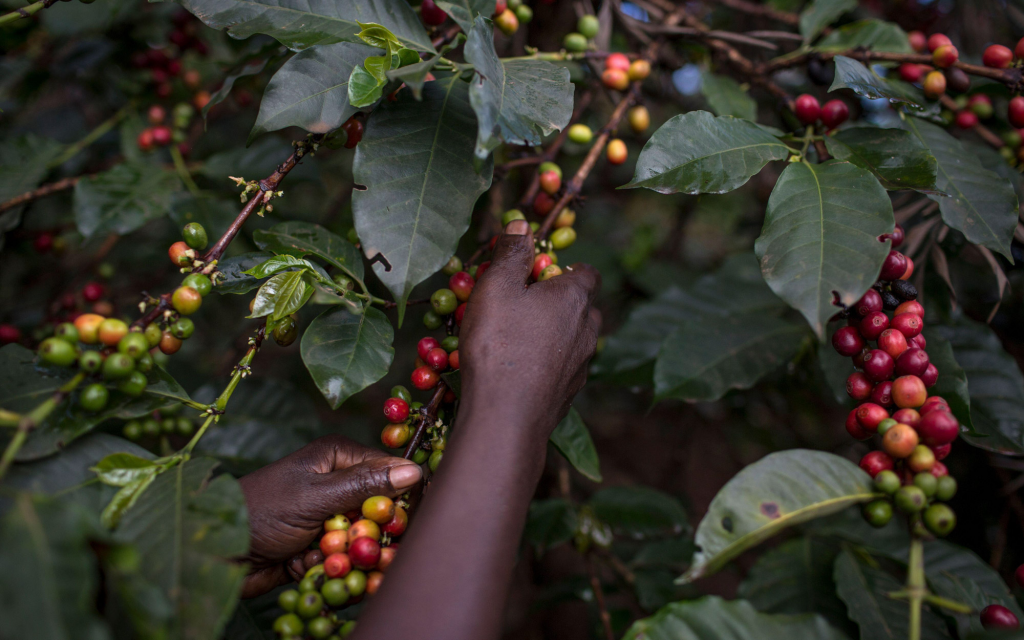
It’s hard to ignore the impact that demand for more sustainable coffee is having on the wider industry. From producers to roasters to coffee shop owners, more and more industry professionals are looking for new and innovative ways to reduce their environmental footprint.
Much of the focus on sustainability is with coffee production and export. However, there is also a growing number of coffee shops which are looking for ways to become carbon neutral.
There are many ways for coffee businesses to reduce their carbon footprint. One of the most prominent is investing in more energy-efficient and sustainable equipment – such as carbon-neutral espresso machines.
To find out more, I spoke to Francesco Bolasco, Products and Innovation Project Manager at Dalla Corte. Read on for more of his insight.
You may also like our article on branding and customisation: How espresso machine design is evolving.
What is carbon-neutral coffee?
The term “carbon neutral” has become more commonly used in many industries in recent years, including in specialty coffee. But what does it really mean?
Essentially, carbon neutrality is a state of net zero carbon emissions. The European Union unofficially defines the term as “having a balance between emitting carbon and absorbing carbon from the atmosphere in carbon sinks”. A carbon sink is any system which absorbs more carbon than it emits – including natural “systems” like soil and forests.
All commodities have an environmental footprint which can be measured, including coffee.
“Every product or service has an impact on the environment,” Francesco tells me. “This impact can be evaluated using a Life Cycle Assessment (LCA).”
Measuring carbon emissions
It’s certainly challenging to accurately measure the carbon footprint of coffee. However, a number of studies have used LCAs to gather more reliable data. One of these is a 2020 research paper from University College London which looked into the carbon footprint of producing and exporting coffee from Brazil and Vietnam to the UK.
In summary, the study found that:
The average carbon footprint of both Brazilian and Vietnamese arabica coffee was calculated as 15.33 (±0.72) kg of carbon dioxide equivalent per 1kg of green coffee (kg CO2e kg−1) for conventional coffee production
The average carbon footprint of both Brazilian and Vietnamese arabica coffee which was produced more sustainably was calculated as 3.51 (±0.13) kg CO2e kg−1
The 77% reduction in carbon footprint for sustainable coffee production compared to conventional production was largely the result of exporting coffee via cargo ships (rather than by airplane) and using fewer agrochemical inputs
The majority of carbon emissions produced across the entire supply chain came from exportation and shipping
Similarly, another study which measured the carbon emissions of Costa Rican coffee found that the total carbon footprint across the entire supply chain was 4.82 kg CO2e kg−1. It also should be noted that Costa Rica is considered one of the most sustainable countries in the world. In part, this likely explains the lower level of emissions.
So how do companies reduce their carbon footprint?
Coffee companies can become carbon neutral through two methods: carbon insetting and offsetting. The former involves reducing carbon emissions within a company’s own supply chain. The latter, meanwhile, is where companies invest in sustainable initiatives outside of their own operations.
For example, a coffee business looking to become carbon neutral and offset its emissions can fund tree planting projects in other countries. Insetting, meanwhile, would mean that a company would have to create a reforestation project (or another similar sustainable project) within its own operations.
However, it can take years for a company to develop and implement their own carbon reduction project. In turn, carbon offsetting schemes are more popular. But companies must first measure the carbon footprint of their entire supply chains when choosing this method.
Francesco tells me how Dalla Corte used the “cradle-to-gate” assessment method to calculate the carbon footprint of its Zero, XT, and Icon espresso machines.
“‘Cradle-to-gate’ refers to a product’s carbon footprint from the moment it’s made to the moment it reaches the customer,” he explains. “Because we are a B2B company, we consider the final destination of our products to be our global distributors’ warehouses.”
After calculating the carbon footprint of each machine, Francesco says that the company offset all emissions through the Ntakata Mountains project, which protects and preserves wildlife, forests, and indigenous communities in Tanzania.
What about sustainability in coffee shops?
Much of the focus on sustainability in coffee revolves around production and export – and rightly so. Many studies point to these stages of the supply chain as the biggest emitters of carbon dioxide (CO2).
In line with this, a number of sustainable practices have been implemented on coffee farms. For example, producers can use more natural fertilisers and dispose of waste by-products in more environmentally-friendly ways.
However, this means the burden to improve sustainability in the coffee industry largely lies with farmers, including smallholders. And given that large-scale agriculture is responsible for the vast majority of carbon emissions in coffee production, sharing the burden among other industry professionals is key to achieving “true” sustainability.
As such, as well as becoming carbon neutral, coffee shops around the world have started to implement more sustainable business practices. These include:
Reducing the use of single-use takeaway cups
Recycling more waste, including used coffee grounds
Adopting zero-waste practices
Offering more plant-based milk options, which tend to have a lower carbon footprint than cow’s milk
Espresso machines and other equipment
With the recent spike in costs for hospitality businesses, energy efficiency of equipment has become more important than ever.
This is most notable with espresso machines, as they tend to produce the highest levels of CO2 than other pieces of equipment in coffee shops.
“For our machines in particular, between 90% and 95% of carbon emissions come from general usage as they require electricity to work,” Francesco says.
Moreover, because of heat loss, poorly-insulated boilers can potentially waste up to 50% of the energy they use. This has led some espresso machine manufacturers to develop more energy-efficient, sustainable models to address these issues, including carbon-neutral machines.
Francesco explains how Dalla Corte calculated the carbon footprint of some of its espresso machines, starting with the XT. He says the first step of the process involved analysing the environmental impact of all machine parts – including the materials used and where they were manufactured.
“The further away the supplier is for a specific part, the higher the emissions levels will be,” he tells me. “We also asked our main suppliers about their production processes and sustainability best practices for a more accurate impact assessment.
“The second step was to measure carbon emissions for each part in terms of energy consumption,” he adds. “Finally, we compiled a list of all shipments and other means of transportation to our global distributors within a particular time frame (usually one year).”
Using data such as this, companies can measure the average carbon footprint of a single espresso machine.
“On average, the production and distribution of a single Dalla Corte espresso machine produces around 600kg CO2,” Francesco says.
Can you truly have a carbon-neutral espresso machine?
Francesco explains what a carbon-neutral espresso machine is.
“By definition, it’s an espresso machine whereby you have offset all of its carbon emissions by purchasing an equal volume of carbon credits,” he says.
He adds that Dalla Corte offset emissions for its XT, Zero, and Icon espresso machines through its new PlaNet Sustainability Project, which officially launched in December 2022.
“With PlaNet, we are combining all of our sustainability projects under one name, which adds another important layer to our sustainability plan,” he says. “These three machines are now certified carbon neutral.”
Alongside offsetting (or insetting) the machines’ carbon footprints, there are a number of other features which are designed with sustainability in mind.
“For instance, Dalla Corte’s Zero, XT, and Icon machines don’t use boilers to heat brewing water,” Francesco tells me. “Instead, water is heated directly in each separate grouphead using the precise amount of energy needed.
“This helps to reduce energy consumption,” he adds. “And thanks to our new Proportional Integral Derivative (PID) control system, we have achieved even better efficiency.”
The benefits of carbon-neutral coffee
For any coffee business, there are many clear advantages to reducing carbon emissions and becoming carbon neutral.
First and foremost, many global governing bodies are driving businesses to minimise their environmental impact. For instance, the EU Green Deal plans to create a climate neutral economy by 2050 – which means companies may have to comply with certain rules on carbon emissions.
Simply put, this has never been more important than now, including for the coffee industry. In January 2023, a study published in PLOS Climate found that over the past four decades, climatic conditions which can reduce coffee yields have become more frequent. These include higher temperatures, as well as more erratic rainfall and humidity levels, which could result in “ongoing systemic shocks” to global coffee production.
Meeting consumer demand
“Coffee consumers are savvier and are asking for more ‘green’ products,” Francesco says. “Pushing coffee business owners to improve their own sustainability practices then also reinforces this need to their suppliers.”
In line with this, Francesco recommends coffee shops and roasters include information about any carbon-neutral equipment they use (including espresso machines) in their sustainability reports, should they publish them.
Ultimately, companies should look to provide more accessible information about their environmental impact, especially as this becomes increasingly important to consumers.
For instance, according to a 2021 YouGov survey, 60% of US consumers (especially younger generations) are willing to pay a premium for sustainable products.
Moreover, in a highly competitive market, carbon-neutral espresso machines can be a unique selling point for coffee shops.
Energy consumption
As well as reducing environmental impact, carbon-neutral espresso machines are designed with greater energy efficiency in mind.
“Dalla Corte machines are not only carbon neutral, but they also have patented technologies which reduce energy consumption during their lifetimes,” Francesco says.
Considering that energy costs are on the rise for coffee shops worldwide, investing in a more sustainable espresso machine can help to lower energy consumption, and thereby costs, too.
Over the past few years, the specialty coffee industry has made great strides towards becoming more sustainable. A large part of this has concerned minimising carbon emissions, thereby lessening the supply chain’s impact on the environment.
And while most of us would first think of reforestation projects and sustainable production techniques, it’s clear that sustainability doesn’t end at origin.
It is possible to create a carbon-neutral espresso machine, and furthermore, by investing in carbon offsetting or insetting initiatives, coffee companies can lower the carbon footprint of their equipment – potentially giving their business a new unique selling point.
Enjoyed this? Then read our article on technical evolution: How espresso machines have changed in the 21st century.
Photo credits: Dalla Corte
Perfect Daily Grind
Please note: Dalla Corte is a sponsor of Perfect Daily Grind.
Want to read more articles like this? Sign up for our newsletter!
The post Can coffee shops make carbon-neutral espresso? appeared first on Perfect Daily Grind.
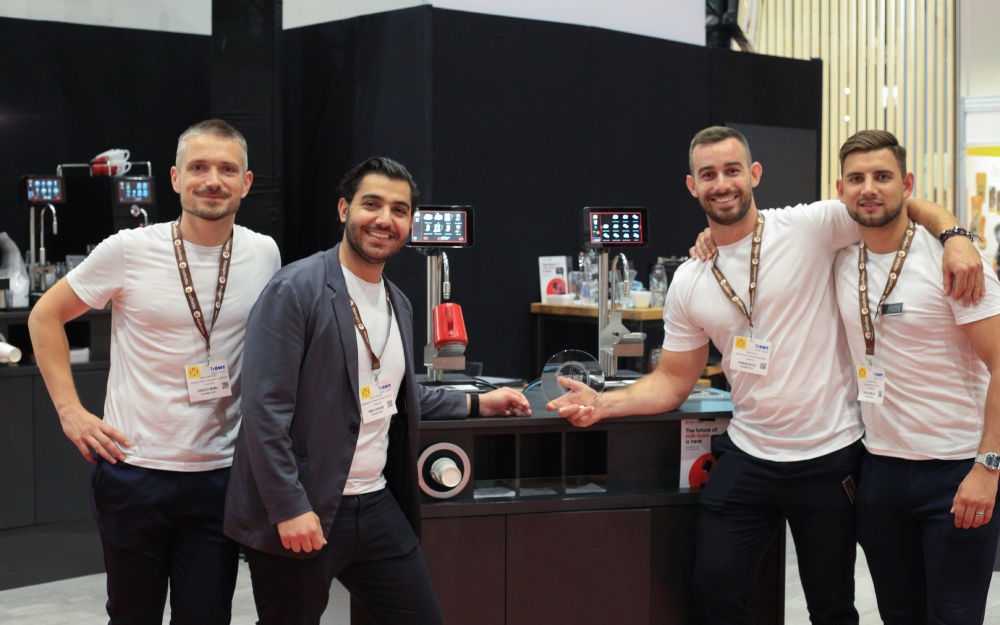
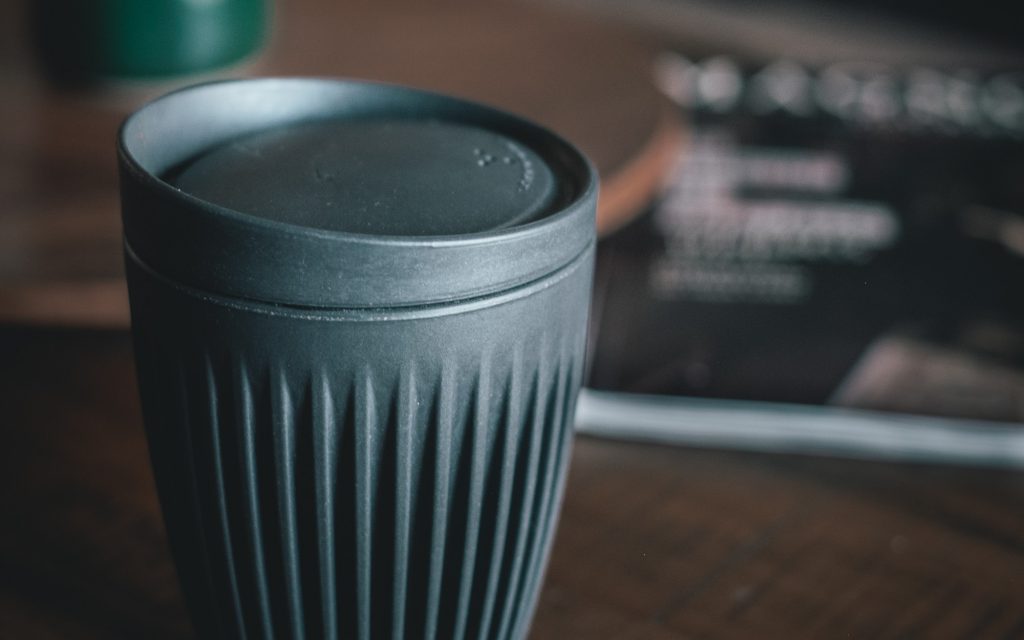
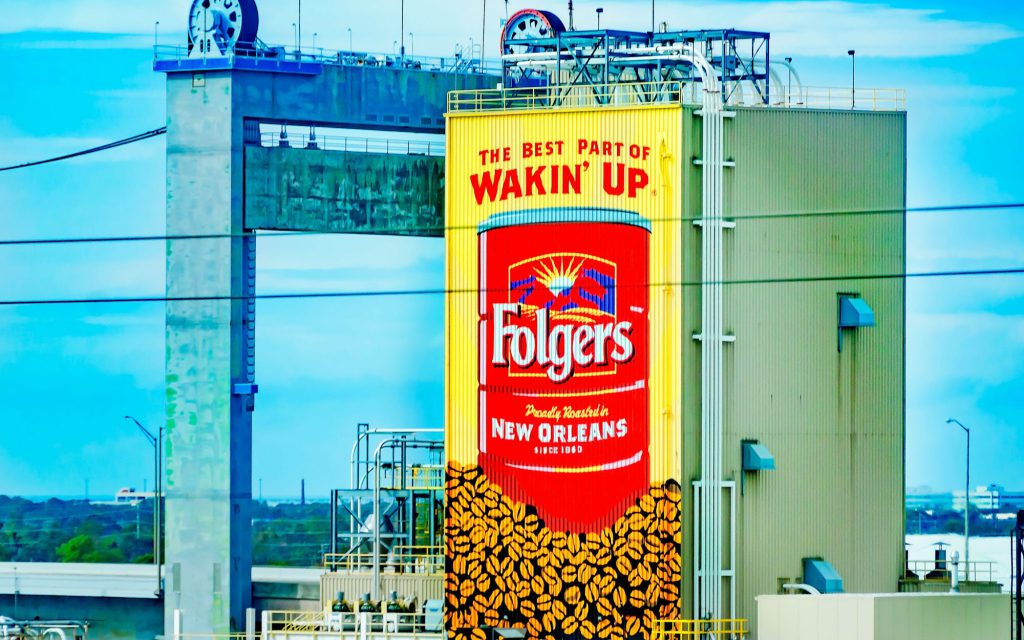
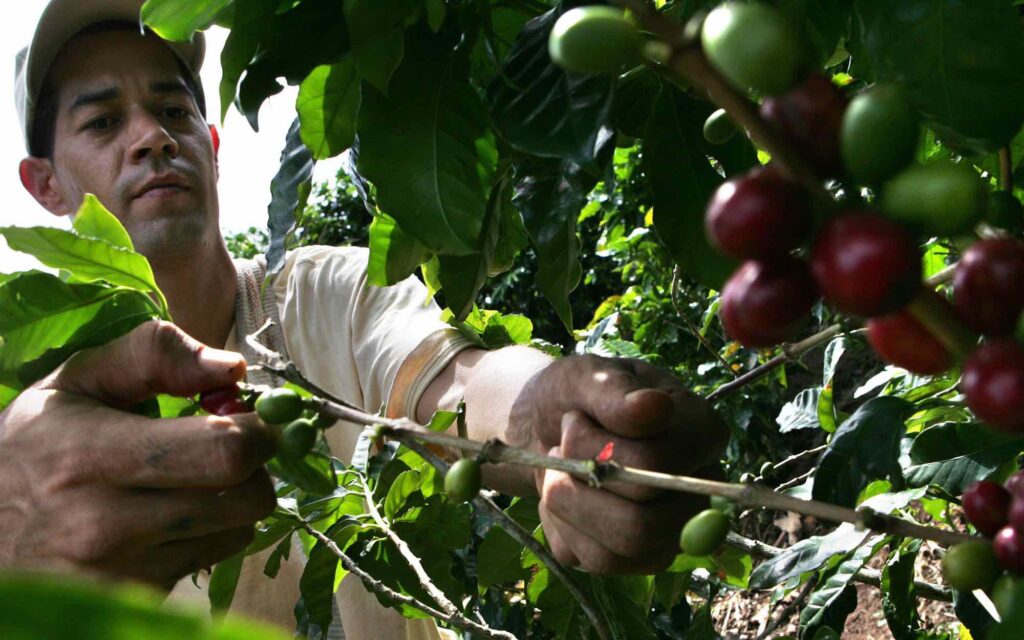
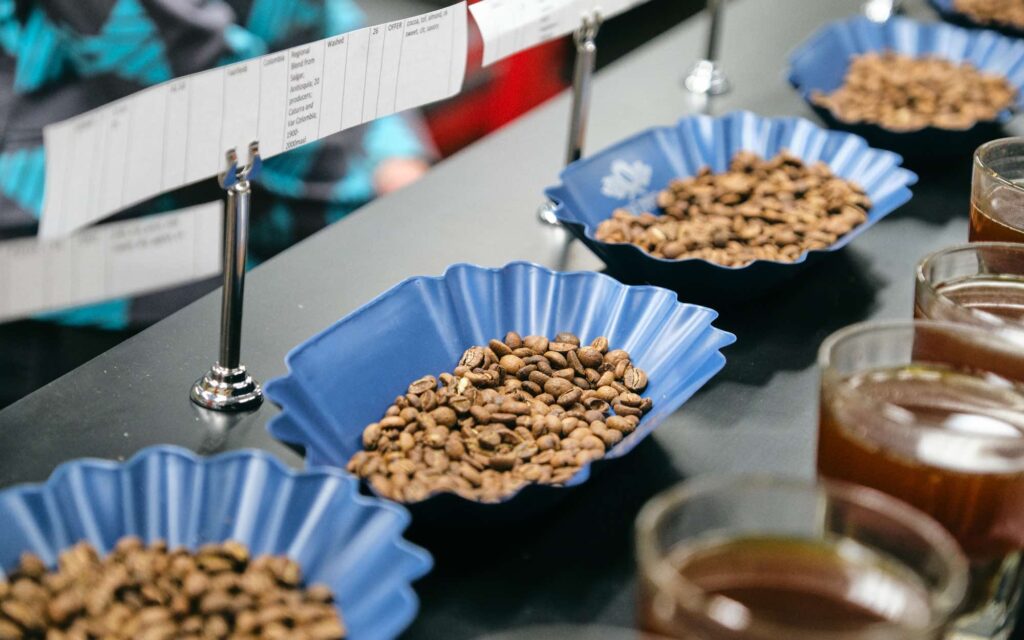
Responses